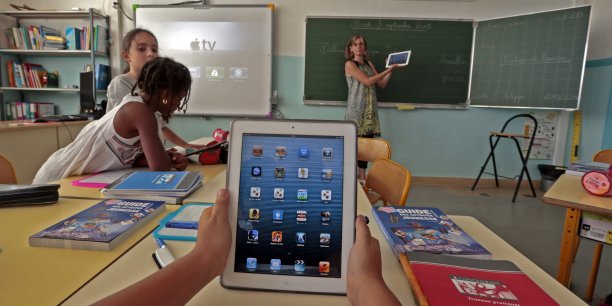In the ever-evolving educational landscape, promoting school inclusion has become a paramount objective. To achieve this, ensuring technological accessibility for all students plays a pivotal role. By leveraging technology effectively, we can bridge educational disparities and pave the way towards a more inclusive educational system. This article explores the vital link between school inclusion and technological accessibility, highlighting the transformative potential it holds for creating a level playing field for all learners.
Subtitle 1: Assessing Technological Access
To begin with, understanding the current state of technological access in schools of poor countries is essential. In this section, we delve into existing access, highlighting disparities and their impact on education. By presenting data, case studies, and evidence of challenges faced by educators and students, we gain valuable insights.
Subtitle 2: Identifying Barriers and Challenges
Moreover, identifying barriers to technological inclusion is crucial for effective solutions. In the following section, we explore various factors such as infrastructure limitations, financial constraints, inadequate teacher training, and cultural resistance. Understanding these challenges will help us devise comprehensive strategies.
Transition: Additionally,
Additionally, by embracing technology as a powerful tool for educational inclusion, we can break down barriers and create a more equitable learn
Conclusion:
In conclusion, promoting technological access in schools of poor countries is imperative for achieving educational equity and fostering a brighter future for all students. By leveraging technology strategically, we can empower students with the knowledge and skills necessary to compete in the globalized world. Governments, non-governmental organizations, educators, and stakeholders must collaborate to implement these strategies effectively. Bridging the technological gap will not only transform the lives of individual students but also contribute to the overall socio-economic development of these nations. Embracing educational equity through technology is a collective responsibility and an investment in the future of generations to come.
